Iceland’s capital is unique when compared with most European cities in that it’s completely surrounded by real wilderness. On land or on sea, you’re never far from getting away from it all.
If you’re short on time in Iceland and don’t want to travel too far from the capital, there are still plenty of opportunities to immerse yourself in the island’s raw, unrivalled nature.
Enjoy a stroll along the coast
The longest ‘official’ marked walking path in Reykjavík starts at Seltjarnarnes and follows the southern coastline (up around Bakkavík and then below Suðurströnd).
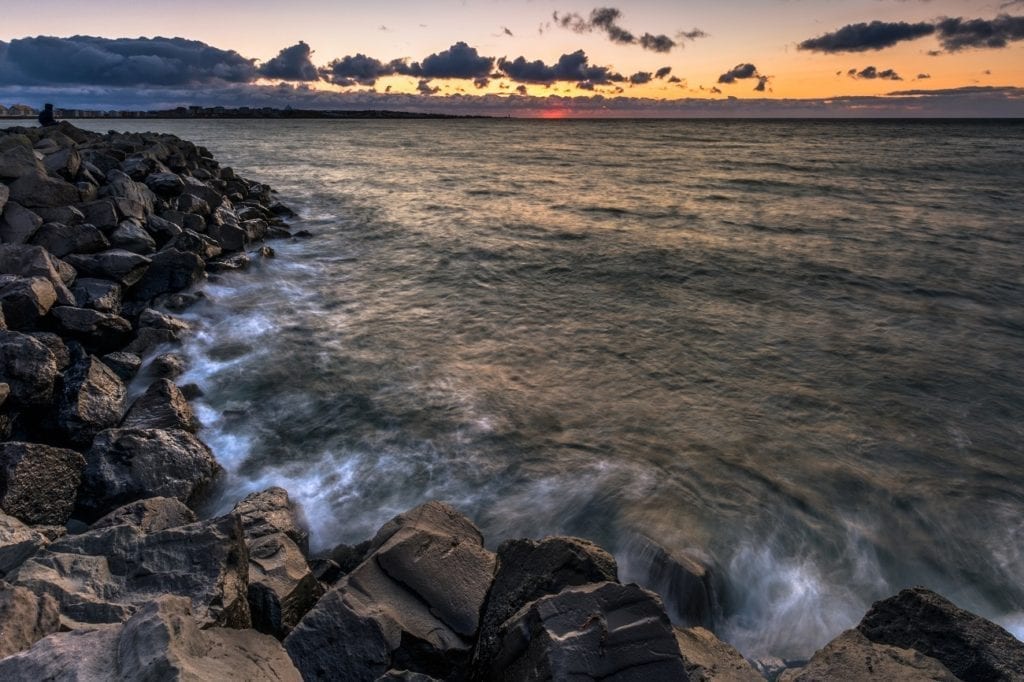
Stay on the coast all the way around the airport, past Nauthólsvík thermal beach, along the rocky shores of Fossvogur and then finally beneath the rushing highway that is Kringlumý rarbraut. Continue in the lowest point of the valley (Fossvogsdalur) with the Reykjavík suburbs to the north and those of Kópavogur to the south. Pass underneath Reykjanesbraut and follow the path along the Elliðaár River (still a source of fresh water and salmon).
From this point it’s fairly easy to reach the Reykjavík Outdoor City Museum, the swimming pool, or the lakeshore of Elliðavatn. Or do it all in reverse (starting in Elliðavatn, follow the river to Fossvogsdalur and back out to Seltjarnarnes).
Hike a classic Icelandic volcano
A 20-minute drive from the city centre, Mt Esja is actually a span of peaks in a long range that stretches from the fjord above Reykjavík all the way out towards Thingvellir. The highest point of that range is 914m (3,000ft) above sea level, but for most, reaching the top means getting to Thverfellshorn (780m), which feels a lot more like a mountain peak.
The whole range of Mt Esja is a classic Icelandic volcano, meaning layers of hard, grey-black basalt (lava flow) interspersed with lighter grey rhyolite tuff (look for the sparkly bits of quartz). The base of the mountain has a number of birch bushes and small pine trees, while further up you get whole valleys of flowers and then the incredible range of Icelandic moss.
For those who plan on doing some serious walking/climbing in Iceland, Esja makes a nice starter mountain, while for those who normally shun uphill treks, it is remarkably novice-friendly. The trails are well maintained and marked with cairns (piles of stones), with several routes of varied climbing ability. It takes about 2 hours to go up and another hour to come back down. Needless to say, the view from the top is incomparable: tiny Reykjavík hangs on the edge of a vast empty landscape and given clear skies, you can see for ever – at least 60km.
Take a boat trip to Viðey
Five islands lie just outside Reykjavík harbour: Akurey, Engey, Lundey, Therney, and Viðey. Each is unique in landscape and ecology and these are by far the city’s most exciting bird colonies. Large puffin populations nest on Lundey and Akurey in summer, and fulmars, Arctic terns and guillemots are everywhere. Boat tours will often make short tours near all the islands, but Viðey is the only island with a regular ferry service.
At its closest point, the island is just 600m (650 yards) from the bustling mainland, and yet Viðey offers a completely separate experience from that of the city: low grassy hills, utterly quiet shores, basalt rock formations, clear water pools and abundant birdlife.
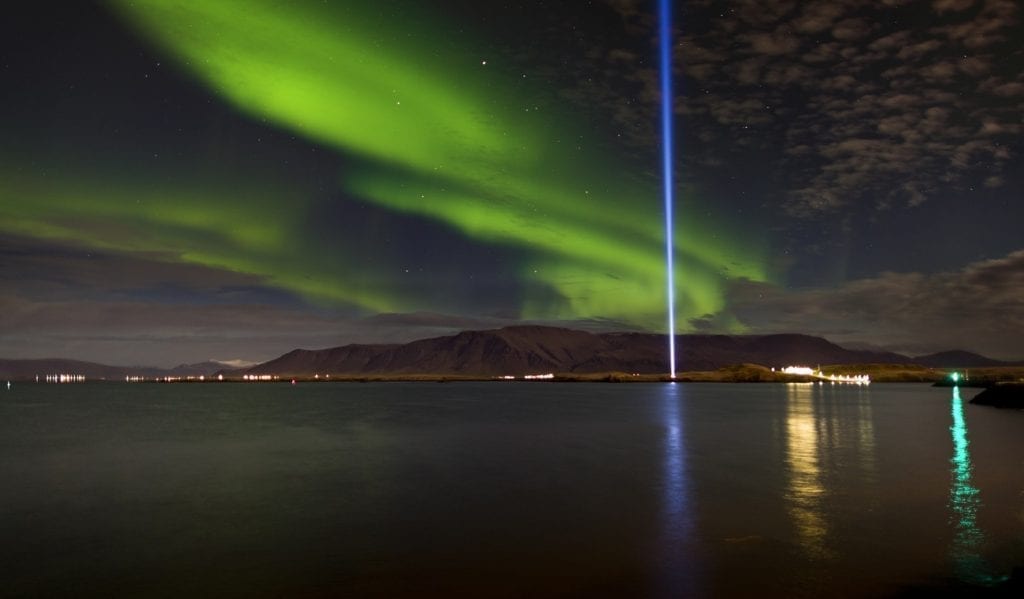
The island is also home to the John Lennon Peace Tower, which is a beam of light that is lit from Lennon’s birthday in October to the day of his death in December. Yoko Ono chose Iceland as the place for the memorial to reflect Iceland’s ranking as the most peaceful country in the world.
Enjoy a swim at Blue Lagoon
Blue Lagoon, or Bláa Lónið, is the most-visited destination in Iceland, the proverbial ‘T-shirt’ proving you’ve been to the country. But now might be the chance to experience the thermal pools without the crowds.
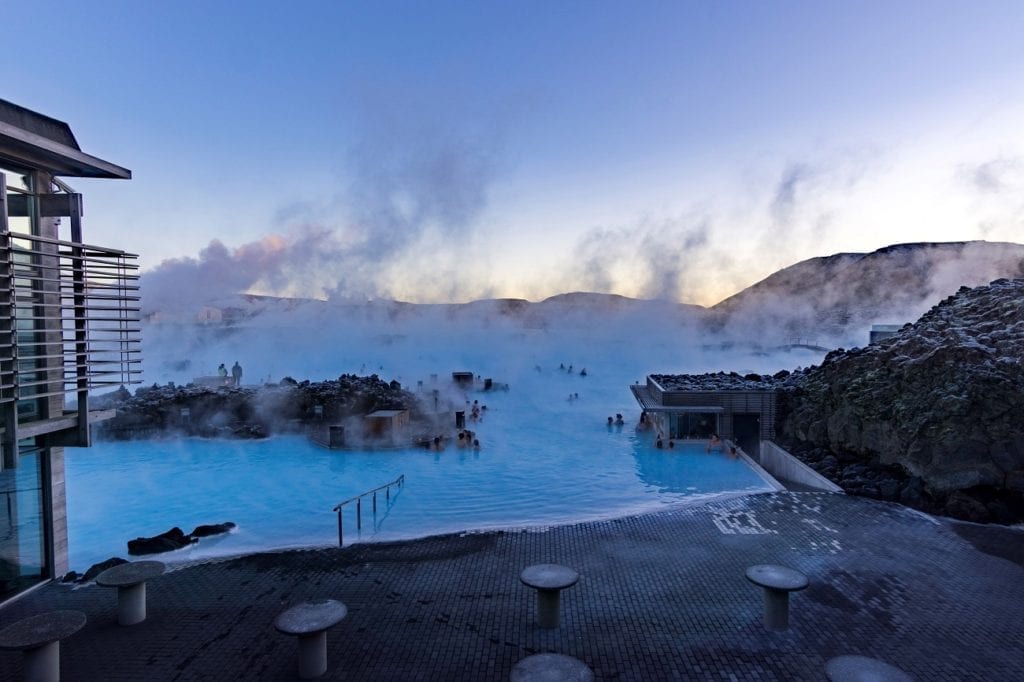
In the midst of the spooky black lavascape that is Reykjanes, the ethereal blue waters of this enormous manmade hot spring seem absolutely weird and strangely inviting. The minute you see a picture, you have to go, and once you’ve been, you have to go back. Most independent travellers expressly plan for a day or half day to ‘do the Blue Lagoon’. However, since the Blue Lagoon is right next to the airport, it makes sense to catch it on your way in or out (if you’re flying), rather than make a special round trip from elsewhere.
Discover the Golden Circle
The most touted tour in all Iceland is the ‘Golden Circle’, a well-trodden path from Reykjavík to the highlights of south Iceland, namely Thingvellir, the waterfall at Gullfoss, and the geysers of Geysir. It seems the perfect group of attractions to squeeze into a single day’s drive and make it back to the capital in time for dinner.
Thingvellir National Park
Thingvellir is only a mossy field outlined by a crumbling cliff at the edge of a pristine lake, yet the clefted landscape represents the birthplace of the Icelandic nation. Geologically, the valley floor marks the mid-Atlantic fault line from which the land of Iceland unfolded.
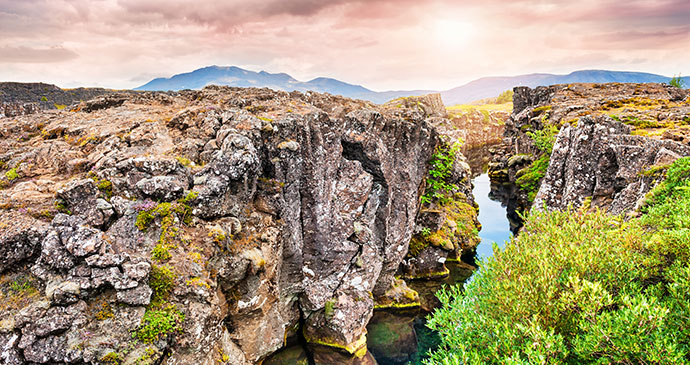
Today, the valley is a run of small gorges, lumpy rocks covered with strange mosses and lichens, and a grassy plain interrupted only by spring-fed streams and the myriad pathways trodden for centuries by Viking ghosts. No other place in Iceland feels so solemn and ancient, and it is the colour and mood of the place that make Thingvellir the most visited natural attraction outside Reykjavík.
Most images of Thingvellir depict the epicentre cluster of houses and the church next to the imperial lögberg (‘law rock’), but the sizeable national park encompasses the entire northern half of the lake and all the mountains and lava fields beyond.
Thingvallavatn (Thingvellir Lake) is the largest natural lake in Iceland (83km²) and probably the most tranquil. Here the melting ice of faraway glaciers is filtered through miles and miles of volcanic rock before the purest water flows directly into the lake from underground springs. The result is a deep (over 100m), clear, body of water that supports a vibrant ecosystem like no other.
Geysir
A visit to Geysir is a visit to the very first recognised tourist attraction in Iceland. The world’s original geyser was formed at the end of the 13th century, when earthquakes jumbled up the underground channels of hot springs, causing them ‘to gush’ or gjósa. For centuries, the surges have increased or decreased, and in 1915 the main geyser simply stopped.
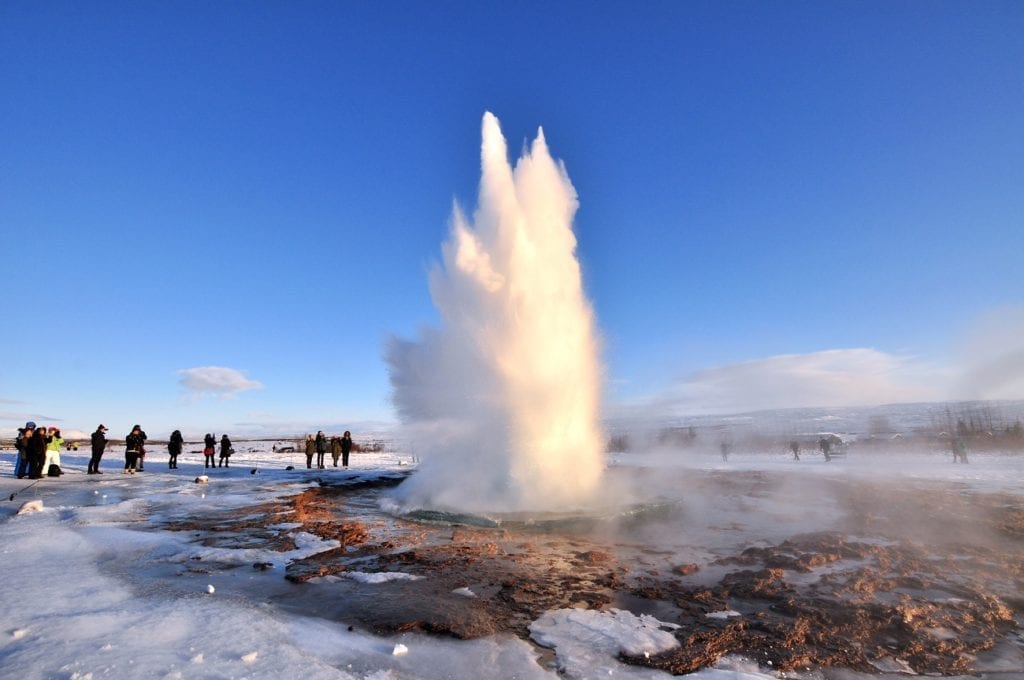
Over the years, attempts were made to provoke an eruption, digging tunnels and pouring soap into the pool to cause it to bubble over. Fortunately, all that nonsense stopped when the earthquake of 2000 kicked natural processes back into gear. Geysir was erupting with regularity until around 2005, when it again waned significantly. At the moment it is dormant (just a giant, quivering, circular pool) but that could change at any moment, so keep watching it closely.
Today’s ultimate Iceland geyser photo-op is, in fact, Strokkur, or ‘churn’, which erupts at a height of under 20m every 7 to 8 minutes. The bubbling turquoise pool and churning gush of hot water is impressive. Trails meander through the surrounding geothermal field, a compact collection of hot pools, fumaroles and geysers.
Gullfoss
Gullfoss means ‘golden falls’, although nobody really knows why except that out of all the falls in Iceland, they are the most highly prized.
The magnificent waterfall Gullfoss marks the edge of the highland shelf, over which tumbles the roaring Hvíta River. The ‘white’ river seems a fitting name, given the boisterous white water, but the colour of the water dallies in between deep aquamarine to a translucent grey (from the glacial runoff), not to mention the bright rainbows in the mist.
More information
Start planning a trip to Iceland with our comprehensive guide.